What is Baby Bottle Tooth Decay?
Formerly known as baby bottle tooth decay, early childhood caries is the more updated term for this condition. It refers to the presence of decay in one or more primary teeth of a child before the age of 6. One of the most common phrases heard by pediatric dentists is "my baby's teeth decayed even though they didn't suck on a bottle." In our country, the formation of early childhood caries, which we commonly encounter, is attributed to various factors, with incorrect and prolonged bottle usage being just one of them.
How Do Early Childhood Caries Develop?
When milk is directly taken from a bottle or from the mother's breast, it accumulates on the surfaces of the teeth as the child falls asleep. Both breast milk and cow's milk are highly nutritious and contain high levels of sugar. During sleep, saliva flow decreases almost to zero, preventing the teeth from being cleaned, and decay-causing microorganisms in the mouth create acids that initiate decay. It should be noted that as the duration of contact between food substances and the teeth increases, so does the likelihood of decay. Sleep is a particularly conducive environment for this. Usually, the upper incisors, which are the first teeth to erupt and have the most physical contact with milk, are the first to be affected. If no precautions are taken, the decay can spread to other teeth. Additionally, it is known that giving fruit juices, dipping pacifiers in honey or jam, and feeding the baby sugary foods have the same effects and contribute to the severity and prevalence of early childhood caries.
How Can Early Childhood Caries be Identified?
Baby bottle tooth decay typically begins with chalky white spots on the teeth. Over time, tissue loss from the enamel occurs, and the white chalky spots are replaced by yellow-brown stains. Often, by the time families notice the decay in the teeth, it has already advanced significantly. Sometimes, families may mistake these for iron stains.
What Can Happen as a Result of Early Childhood Caries? Can it be Treated?
As decay progresses and reaches the nerve tissues, tooth sensitivity, pain, and inflammation may occur. This can lead to difficulties in the child's proper nutrition, sleep disturbances, and consequently, a decrease in the quality of life for both the child and the family. Decay in the front teeth can cause aesthetic concerns and distress for the child during social interactions. As a result of early tooth loss, there may be space loss and malocclusions, which are jaw misalignments. Depending on the child's age and cooperation, these cavities can be treated in the clinic using conventional methods or under general anesthesia.
Is it Possible to Prevent Early Childhood Caries?
Around 6 months after the first tooth erupts, parents should seek advice from a pediatric dentist regarding nutrition, oral care, and other related topics. Regular check-ups should be scheduled according to the intervals determined by the dentist after the first examination. Protective treatments should be utilized when necessary. Babies should not be allowed to sleep with a bottle in their mouth. After drinking milk from a bottle, they should be given water to rinse their mouth. Sweeteners such as honey or molasses should not be added to milk to increase its nutritional value or to soothe the child. Parents should maintain regular oral hygiene for their children starting from when the first tooth erupts. When brushing is not possible, they can use a cloth wrapped around their finger or finger brushes for assistance. Parents and caregivers should also maintain their own oral hygiene. The practice of putting the baby's pacifier or spoon into the caregiver's mouth to clean it should be avoided, as decay-causing microorganisms are often transferred in this way. Nighttime feeding should be regulated after 12-15 months. Cooperation between the dentist and the family is crucial for this.
Article by: Dt. İrem Birinci





